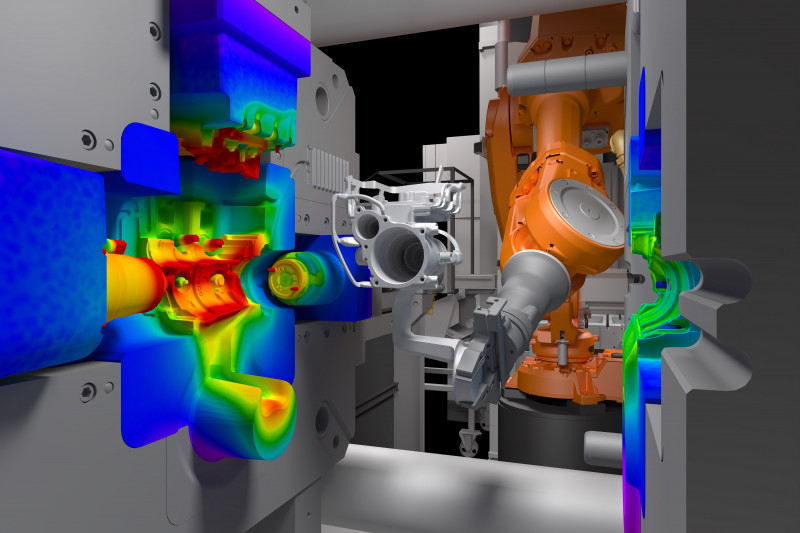Introduction
Aluminum die casting molds play a crucial role in precision manufacturing, allowing for efficient and accurate production of complex metal parts. As technology continues to advance, there is a constant demand for superior molds that can meet the ever-increasing expectations of precision manufacturing. This article aims to explore the key factors and techniques involved in creating a superior aluminum die casting mold.
Design Considerations
The design of an aluminum die casting mold is the first and most important step in achieving precision manufacturing. The mold’s design should take into account various factors, including the desired part geometry, material flow, cooling requirements, and ejection mechanism. The use of advanced computer-aided design (CAD) software enables engineers to create intricate and precise mold designs, ensuring optimal performance during the casting process.
Material Selection
Choosing the right material for the mold is crucial for achieving superior results in precision manufacturing. Aluminum alloys, such as H13 tool steel, are commonly used due to their excellent thermal conductivity, high wear resistance, and good dimensional stability. These properties allow for efficient cooling and minimize thermal expansion during the casting process, resulting in precise and consistent part production.
Heat Treatment
Heat treatment is another critical aspect of creating a superior aluminum die casting mold. Through proper heat treatment processes, the mold’s material properties can be enhanced, improving its hardness, wear resistance, and overall durability. Processes such as quenching and tempering, as well as surface treatments like nitriding or nitrocarburizing, can significantly prolong the lifespan of the mold and maintain its precision over time.
Precision Machining
To ensure accurate and consistent part production, precision machining techniques are employed in the creation of aluminum die casting molds. Computer numerical control (CNC) machining allows for high precision and repeatability, ensuring that the mold components are within tight tolerances. Additionally, the use of advanced machining tools, such as high-speed milling machines and electrical discharge machining (EDM), enables the creation of complex features and intricate details on the mold surface.
Surface Finish
The surface finish of the mold is a crucial aspect in precision manufacturing. A smooth and defect-free surface helps to prevent any imperfections from transferring onto the cast parts, ensuring a high-quality end product. Techniques such as polishing, diamond machining, or chemical etching can be employed to achieve the desired surface finish, enhancing the mold\’s performance and longevity.

Ελεγχος ποιότητας
Quality control plays a vital role in the production of superior aluminum die casting molds. Advanced inspection techniques, including coordinate measuring machines (CMM) and non-destructive testing methods, are employed to verify the dimensional accuracy and integrity of the mold. Additionally, real-time monitoring systems can be implemented to identify any deviations or anomalies during the casting process, allowing for immediate adjustments and ensuring consistent part quality.
Conclusion
Creating a superior aluminum die casting mold for precision manufacturing requires careful consideration of various factors, ranging from design and material selection to heat treatment and machining techniques. By utilizing advanced technologies and adhering to strict quality control measures, manufacturers can produce molds that meet the highest standards of precision and efficiency. With the continuous advancements in materials and manufacturing processes, the future holds great potential for further enhancing the capabilities of aluminum die casting molds, enabling the production of even more complex and precise metal parts.
-

- Magnesium alloy Thixomolding power batter housing
-

- Magnesium Aluminium alloy die casting parts Chain cover for automotive
-

- Ανταλλακτικά και εξαρτήματα κατεργασμένα με CNC
-

- Magnesium alloy bike parts & componenets for kid’s push bike
-

- Ο κατασκευαστής χύτευσης OEM παράγει αυτόματο ταμπλό από κράμα μαγνησίου
-

- Μεταλλικά μέρη χύτευσης από κράμα μαγγενίου Thixomolding

 0086-750-5616188
0086-750-5616188 +86 13392089688
+86 13392089688 sales@zhongmei-tech.com
sales@zhongmei-tech.com







